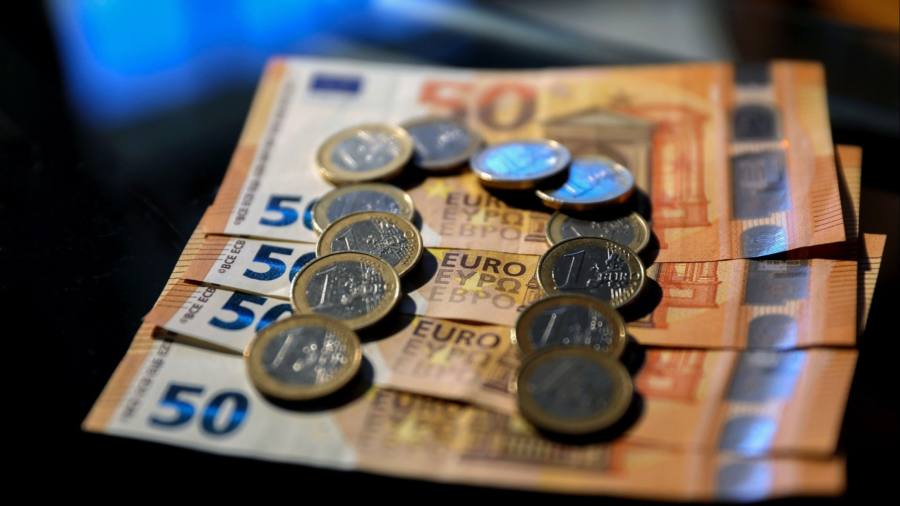The euro climbed to its highest level against the dollar for more than a year on Thursday, buoyed by a brightening of the eurozone economic outlook in recent weeks, and a broader retreat of the dollar as investors bet that the US Federal Reserve has almost completed its monetary tightening.
The euro surged 0.63 per cent to $1.1067 on Thursday, eclipsing a previous peak in February to bring the currency to its highest level since early April 2022.
Soaring gas prices following Russia’s invasion of Ukraine last year had sparked fears of a deep recession in Europe, but a warmer than expected winter and a reopening of the Chinese economy following pandemic-induced lockdowns have boosted business activity and consumer confidence, fuelling expectations of further interest rate increases.
“Last year was a perfect storm for the euro of high energy prices, the war in Ukraine, China’s zero Covid policy and the ECB really behind the curve,” said Athanasios Vamvakidis head of G10 foreign exchange strategy at Bank of America. “Now we have low energy prices, better data from China and an ECB which is more hawkish than the Fed.”
Official data published on Thursday showed factory output in the eurozone rose at its fastest pace for six months in February, increasing 1.5 per cent from the previous month. Business activity in the 20-country single currency bloc also expanded at its fastest rate for 10 months in March, according to a survey of purchasing managers published by S&P Global last month.
Improving economic conditions in Europe have been met with a broader decline of the dollar. The Federal Reserve started its first of eight rate hikes in March last year, and with a current target of 4.75 to 5 per cent the market is only pricing in one more 0.25 percentage point rate rise ahead of cuts later this year.
“The dollar really is suffering when you get even slightly softer US data,” said Chris Turner, head of FX strategy at ING, noting weak producer price inflation in the US on Thursday and predictions from Federal Reserve officials this week of a “mild recession” starting later this year.
He added that the effect of turmoil among some regional banks last month and tighter credit conditions made a US “hard landing” more likely and that parts of the US banking system were more exposed to unrealised losses on securities than European banks, allowing for the ECB to be more hawkish than the Fed.
Policymakers in Europe were slower to respond to the threat of inflation than those in the US. The ECB started increasing rates in the second half of last year and investors expect the central bank’s deposit rate to increase from 3 per cent to around 3.75 per cent later this year.
Eurozone inflation fell sharply to 6.9 per cent in March — its lowest level for a year — but underlying price pressures excluding energy and food kept rising to a new record of 5.7 per cent.
The euro also strengthened against sterling on Thursday, as data showed the UK economy flatlined in February while industrial output in Europe was stronger than expected.
Vamvakidis said the path of the euro would depend on global inflationary pressures. If central banks have to induce a recession to get inflation under control, the dollar may rebound thanks to its status as a haven in times of economic stress, he added.
Read the full article here



